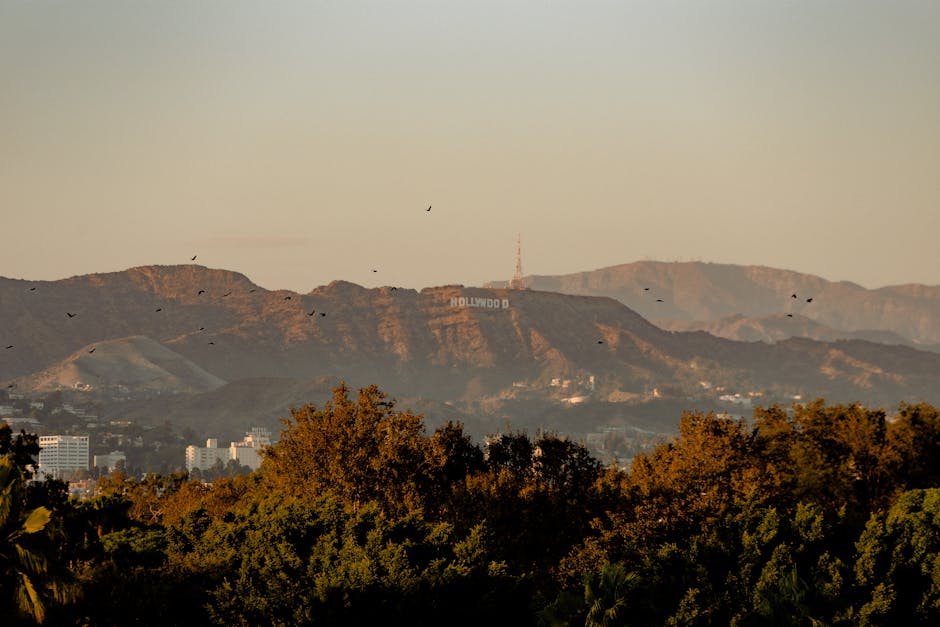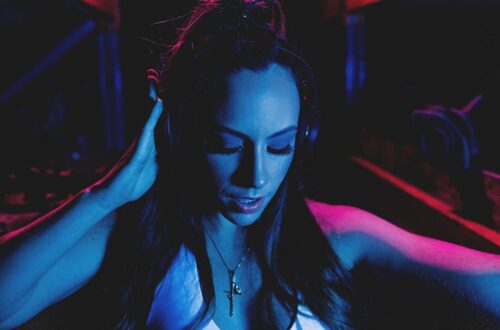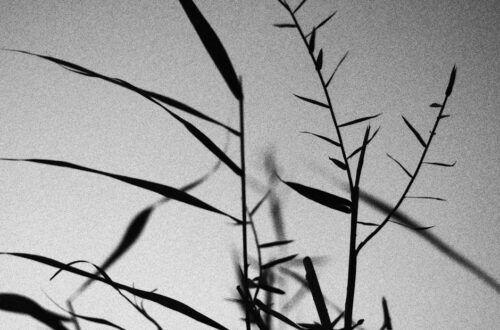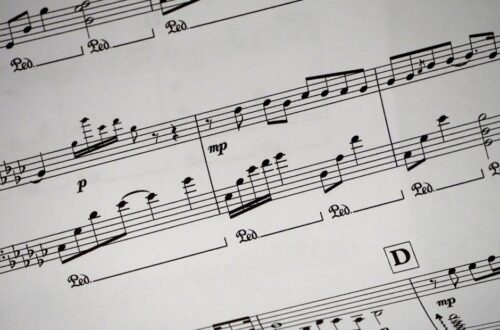Scene flow is the heartbeat of cinematic storytelling, weaving together visuals, sound, and score to create an immersive experience that lingers long after the credits roll. Whether you’re watching a tense thriller, a sweeping romance, or a nostalgic TV classic, the seamless movement from one scene to the next—supported by the perfect musical backdrop—can transform a simple story into an unforgettable journey. In this article, we’ll explore how the interplay of sound and score enhances scene flow, the techniques filmmakers use to maintain narrative rhythm, and why these elements are essential for both modern and nostalgic storytelling.
The Foundations of Scene Flow in Film and TV
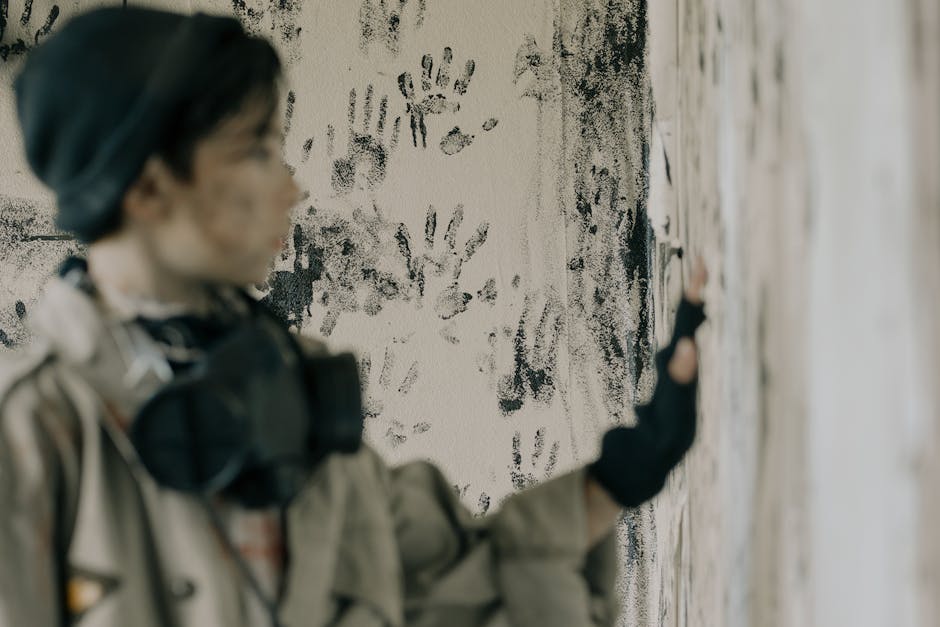
Photo by cottonbro studio on Pexels
At its core, scene flow is about the smooth progression of narrative moments, ensuring that each scene transitions naturally into the next. This flow is not just about what we see on screen, but also about what we hear. In filmmaking, a scene is a cohesive unit built from multiple shots, capturing a specific action, emotion, or idea in a defined time and space. The arrangement of these scenes, their transitions, and the underlying emotional beats are what keep viewers engaged and invested in the story.
Scene flow relies heavily on continuity—maintaining consistency in time, space, and action. Every scene should serve a purpose, whether it’s introducing a character, advancing the plot, or building tension. The emotional resonance of each scene connects the audience to the narrative, making every moment count. Transitions, such as cuts, fades, and match cuts, are crucial for guiding viewers through the story’s rhythm, linking scenes in a way that feels both intentional and organic.
Sound and score play a pivotal role in this process. They not only set the tone but also reinforce the emotional undercurrents of each scene, amplifying the impact of visual storytelling. The strategic use of music and sound effects can signal a shift in mood, foreshadow events, or provide a sense of closure, all while maintaining the narrative’s momentum. In essence, scene flow is the invisible thread that ties together the sights and sounds of a story, creating a cohesive and compelling viewing experience.
Sound Design: The Invisible Guide of Scene Flow

Photo by HS Studio By Hussnain on Pexels
Sound design is often described as the unsung hero of film and television. While audiences may not always consciously notice the layers of sound in a scene, these auditory cues are essential for guiding emotions and signaling transitions. Sound design encompasses everything from ambient noise and dialogue to Foley effects and environmental sounds, each meticulously crafted to support the narrative.
In the context of scene flow, sound design acts as a bridge between moments. For example, the subtle hum of a cityscape can establish setting, while the abrupt silence following a dramatic revelation can heighten tension. The use of sound to punctuate transitions—such as the whoosh of a passing train or the echo of footsteps—can help the audience move from one scene to the next without feeling lost or disoriented.
Effective sound design also enhances continuity. Consistent background sounds maintain the illusion of a continuous world, even as the camera shifts perspectives or locations. This auditory consistency is especially important in sequences that rely on montage or rapid cuts, where visual changes are frequent. By anchoring the viewer with familiar sounds, filmmakers ensure that the narrative remains coherent and emotionally resonant.
Ultimately, sound design is about more than just filling silence. It’s a powerful storytelling tool that shapes the audience’s perception, subtly influencing how they interpret each scene and transition. When used thoughtfully, sound design elevates scene flow, turning ordinary moments into cinematic highlights.
The Power of Score: Music as the Emotional Engine
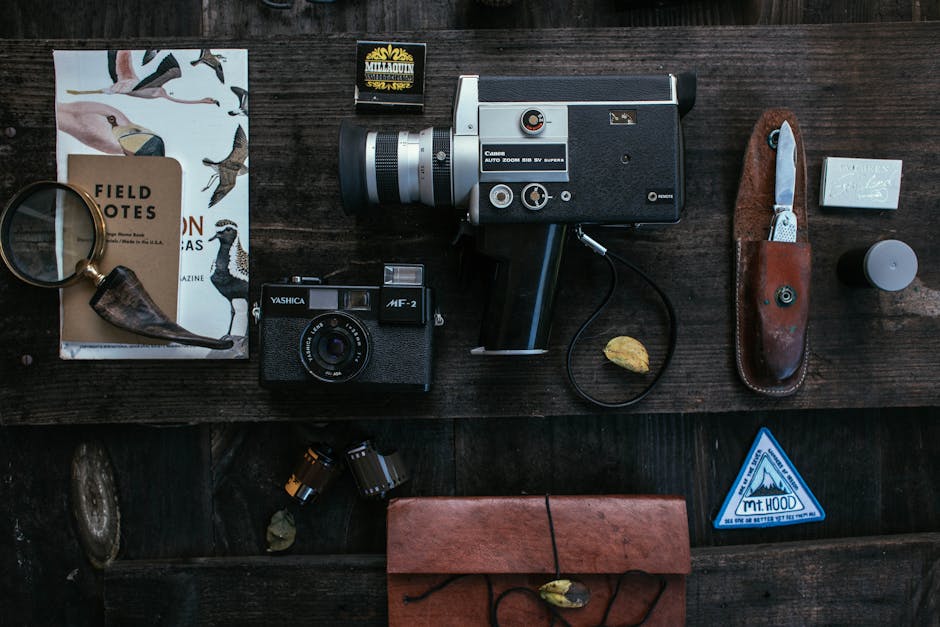
Photo by Rachel Claire on Pexels
Music has the unique ability to tap into our emotions, making it one of the most effective tools for enhancing scene flow. A well-crafted score can transform the mood of a scene, underscore character arcs, and even foreshadow narrative twists. In both film and television, composers work closely with directors to ensure that the music not only matches the visuals but also supports the story’s emotional journey.
The score serves as an emotional engine, propelling the narrative forward and connecting disparate scenes through recurring themes and motifs. For example, a leitmotif—a recurring musical phrase associated with a particular character or idea—can provide continuity across scenes, reminding viewers of underlying storylines or unresolved tensions. The gradual build-up of music can signal impending drama, while a sudden drop in volume can create a sense of vulnerability or isolation.
In iconic films and TV shows, the score often becomes synonymous with the story itself. Think of the suspenseful strings in a Hitchcock thriller or the triumphant brass in a superhero film—these musical cues are integral to the experience of scene flow. They not only enhance individual scenes but also contribute to the overall pacing and rhythm of the narrative.
Moreover, music can be used to manipulate time within a story. A montage set to an energetic track can condense days or years into a few minutes, while a slow, lingering melody can stretch a single moment into a profound emotional beat. By aligning the tempo and style of the score with the pacing of the scenes, filmmakers create a harmonious flow that keeps audiences engaged from start to finish.
Transitions and Techniques: Crafting Seamless Scene Flow
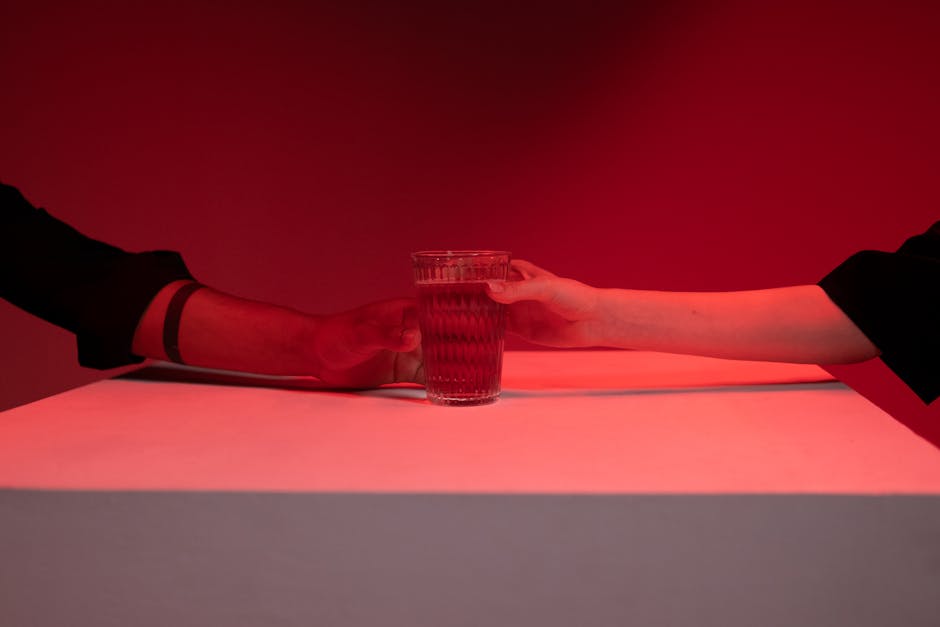
The art of scene flow is as much about technique as it is about intuition. Filmmakers employ a variety of methods to ensure that scenes connect smoothly, maintaining the narrative’s momentum and emotional coherence. Among the most common techniques are cuts, fades, and match cuts, each serving a specific purpose in the storytelling process.
Cuts are the most direct form of transition, moving the audience instantly from one scene to another. When used skillfully, cuts can create a sense of urgency or surprise, keeping viewers on the edge of their seats. Fades, on the other hand, are more gradual, often signaling the passage of time or a change in location. These transitions provide a moment of reflection, allowing the audience to process what has just occurred before moving forward.
Match cuts are a creative technique that connects two scenes through a visual or thematic similarity. For example, a shot of a spinning coin might transition to a carousel, linking the two moments through motion and symbolism. These transitions not only enhance continuity but also add layers of meaning to the narrative.
Beyond editing, scene flow is influenced by blocking—the arrangement of actors and camera within a scene. Thoughtful blocking ensures that movements and interactions feel natural, reinforcing the story’s emotional beats. Rehearsing transitions and integrating movement with dialogue help create fluid, dynamic scenes that resonate with the audience.
Ultimately, the goal of these techniques is to maintain rhythm and control pacing, guiding viewers through the story in a way that feels both seamless and intentional. By mastering the art of transitions, filmmakers craft engaging narratives that flow effortlessly from one moment to the next.
Nostalgia and Scene Flow: Revisiting Classic TV and Film Moments
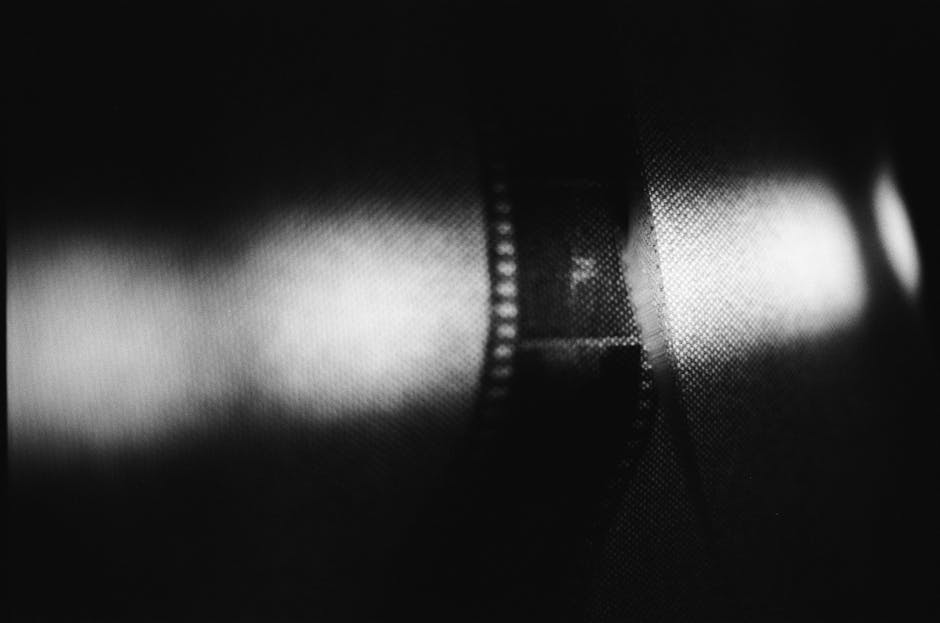
Photo by Евгений Качин on Pexels
Nostalgia plays a powerful role in our appreciation of scene flow, especially when revisiting beloved TV shows and films from the past. The sound and score of classic scenes often evoke vivid memories, transporting us back to formative moments in our lives. Whether it’s the iconic theme of a childhood favorite or the unforgettable dialogue of a cult classic, these elements are integral to the storytelling flow that defines our most cherished viewing experiences.
Classic films and TV shows often relied on innovative scene flow techniques to captivate audiences. For example, the use of montage in early cinema allowed filmmakers to convey complex narratives in a short amount of time, while memorable scores became cultural touchstones. The emotional impact of these moments is often amplified by the interplay of sound, music, and visual storytelling.
In today’s era of streaming and reboots, the influence of nostalgic scene flow is more apparent than ever. Modern creators frequently pay homage to the transitions, sound design, and musical motifs of earlier works, blending the old with the new to create fresh yet familiar experiences. This blending of past and present highlights the enduring importance of scene flow in shaping our collective memory and emotional connection to stories.
By examining how classic moments were crafted, we gain a deeper appreciation for the artistry behind scene flow—and a renewed sense of wonder for the stories that continue to inspire us.
Crafting Your Own Scene Flow: Lessons for Aspiring Creators
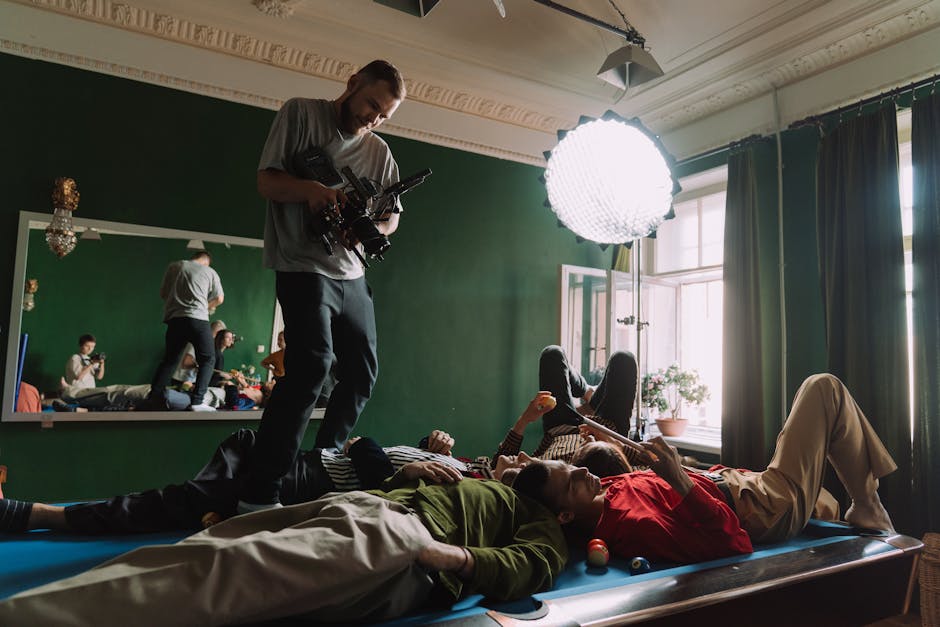
Photo by cottonbro studio on Pexels
For aspiring filmmakers, writers, and content creators, mastering scene flow is essential for crafting compelling narratives. The interplay of sound, score, and visual storytelling is not reserved for big-budget productions; it’s a set of tools available to anyone with a story to tell. Understanding the principles of continuity, emotional beats, and effective transitions can elevate even the simplest project into something memorable.
Start by focusing on the purpose of each scene. Ask yourself what emotional response you want to evoke and how sound or music can support that goal. Experiment with different transition techniques—cuts, fades, match cuts—and pay attention to how they affect the pacing and rhythm of your story. Don’t overlook the importance of sound design; even subtle background noises can add depth and realism to your scenes.
Collaboration is also key. Work closely with composers, sound designers, and editors to ensure that every element aligns with your narrative vision. Rehearse transitions and blocking with actors to create natural, fluid movements that enhance the storytelling flow. Above all, remain open to experimentation and trust your instincts; sometimes the most powerful moments arise from unexpected combinations of sound, score, and visual storytelling.
By embracing the art of scene flow, you’ll not only engage your audience but also create stories that resonate on a deeper, more emotional level—stories that linger in the mind and heart long after the final scene fades to black.
Conclusion: The Lasting Impact of Sound and Score on Scene Flow
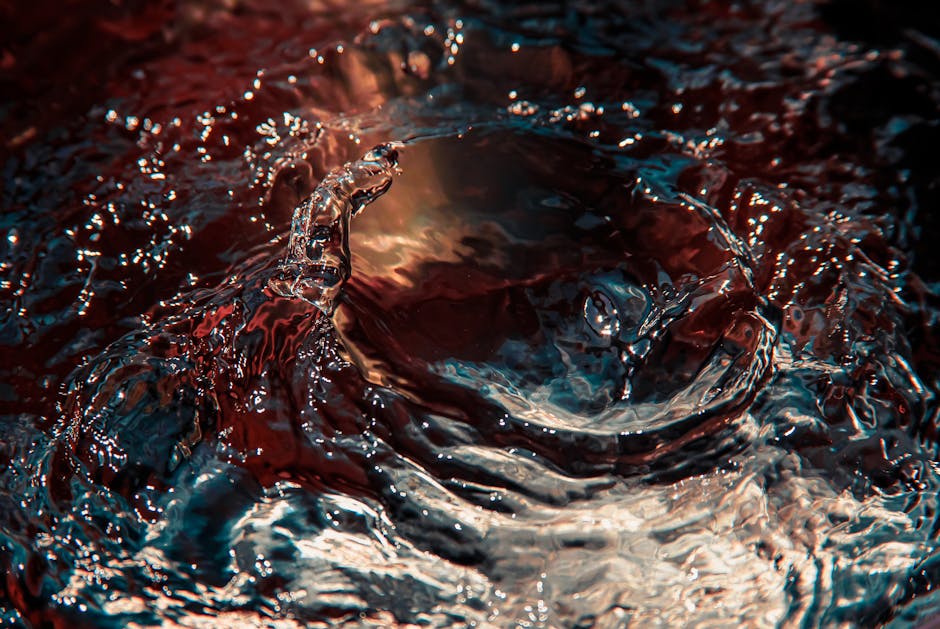
Photo by Ave Calvar Martinez on Pexels
Scene flow is the invisible magic that transforms a collection of scenes into a cohesive, emotionally charged narrative. Sound and score are its most powerful allies, shaping our experience of film and television in ways that are both subtle and profound. From the foundations of continuity and emotional beats to the artistry of transitions and the nostalgia of classic moments, scene flow is at the heart of storytelling flow.
As technology evolves and storytelling mediums expand, the principles of scene flow remain as relevant as ever. Whether you’re a seasoned filmmaker or a passionate fan, understanding the interplay of sound and score can deepen your appreciation for the craft—and inspire you to create unforgettable moments of your own. So the next time you find yourself captivated by a scene, take a moment to listen as well as watch. In the flow of sound and score, you’ll find the true essence of cinematic storytelling.
Sources
- https://library.fiveable.me/screenwriting-i/unit-7/transitions-scene-flow/study-guide/X7pHV2t2fPOgzzcU
- https://journalism.university/electronic-media/visual-narratives-role-shot-scene-sequence-filmmaking/
- https://miracalize.com/sequence-shot-in-filmmaking/
- https://saturation.io/blog/filmmaking-techniques-film-blocking
